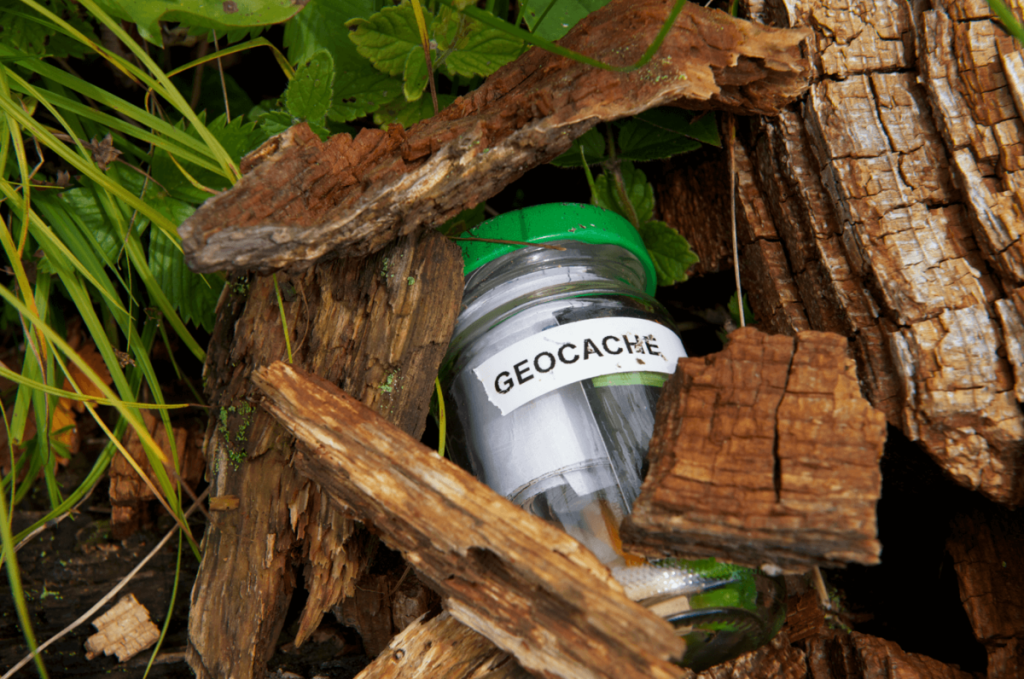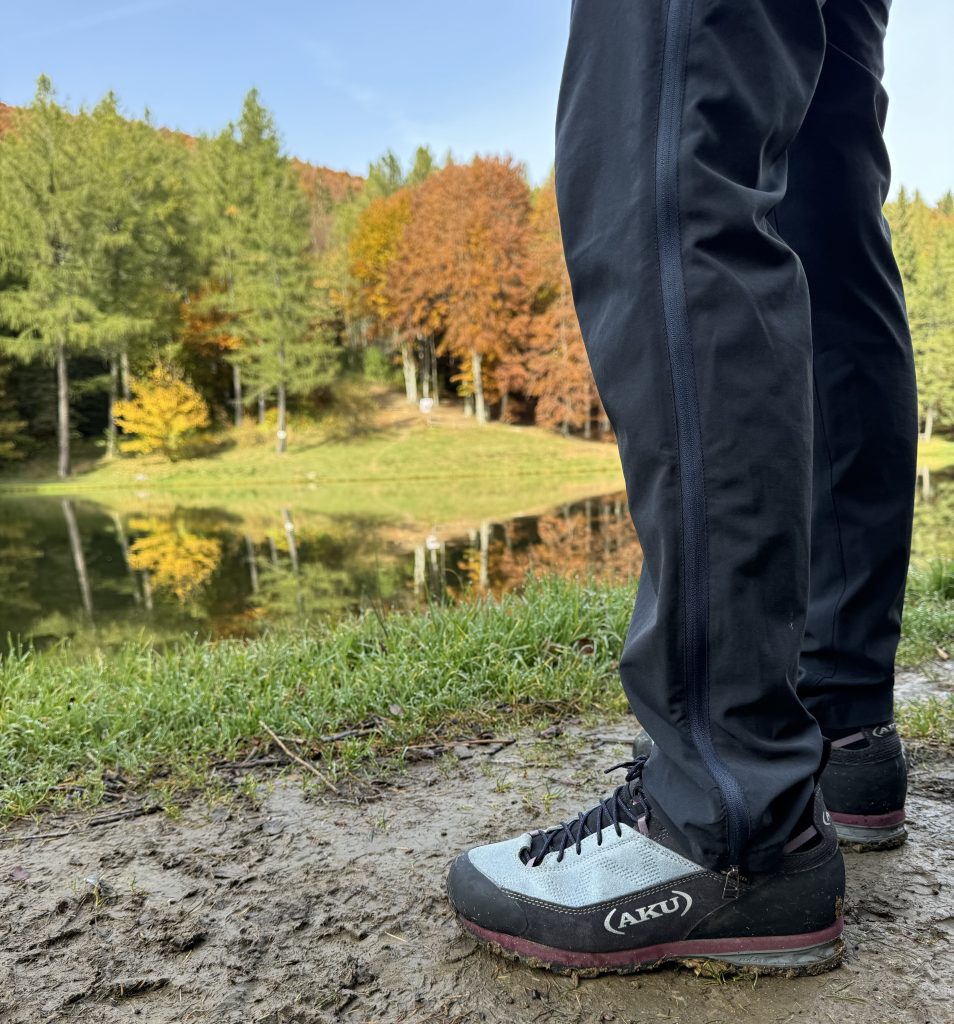From a Village to a Theme Park: What Civita di Bagnoregio Can Teach Us About the Problematics of Overtourism
In recent decades, tourism has become increasingly central to the development of rural and historic areas—especially in places that still hold a strong identity and unspoiled cultural and landscape heritage. However when tourism turns into overtourism, the benefits can quickly give way to dynamics that endanger the authenticity of places and the quality of life of those who live there. A prime example is Civita di Bagnoregio: a village turned into a “non-place,” where visitors no longer find a town, but a ticketed attraction.
Civita is a symbol.
It perfectly exemplifies how a place of rare beauty can end up living only off its own myth, hollowed out of its original function. With just a few permanent residents, shops turned into souvenir stands, and access granted only via paid entry, Civita today is a showcase. It is no longer a living village—it’s a stage. The constant flow of tourists has made it impossible to maintain a human scale, and the story constructed around the place has taken over the real identity. It’s the triumph of tourism as consumption, where the visitor is no longer a guest, but a customer.
This leads us to an urgent question: do we want our own villages—Pitigliano, Sorano, Manciano—to follow the same path?
So far, our area still retains a vitality that has been lost elsewhere.
Pitigliano is still home to people born there, the streets of Sorano are not yet overwhelmed by endless streams of visitors, and in the alleys of Manciano, you can still feel the rhythm of everyday life. However, signs of change are emerging. The boom in short-term rentals, the rise of activities designed solely for tourists, and the temptation to promote an “easy” and marketable version of the territory—all of these could steer us toward the same fate as Civita.
The difference between sustainable tourism and overtourism does not lie in the numbers alone but in the quality of relationships between those who arrive and those who live there. It’s about respecting rhythms, spaces, and people. Tourism that’s only about taking photos and consuming prepackaged experiences doesn’t bring richness—it brings wear and tear.
As a Trekking Guide, I wrestle every day with the desire to share these incredible places and the awareness that we cannot sacrifice their essence for short-term gain caused by overtourism. Authenticity cannot be “sold” without being lost. What we need are bold choices: planning, limiting visitor numbers during peak periods, enhancing lesser-known areas, and educating people to appreciate landscapes.
Pitigliano, Sorano, Manciano—three unique villages carved into stone and history. Let’s not allow them to become stage sets. Let’s ensure they remain lived-in places, not showcases. Because true beauty cannot be bought—it must be protected.
Be part of the change!
If you love these places, visit them with respect. Travel off-season, walk instead of rushing, and listen to those who live here. Support local businesses that care for the land, and seek out slow, authentic experiences. The future of our villages doesn’t depend only on those who live in them—but also on those who choose to pass through. Avoid contributing to overtourism by choosing genuine paths.



